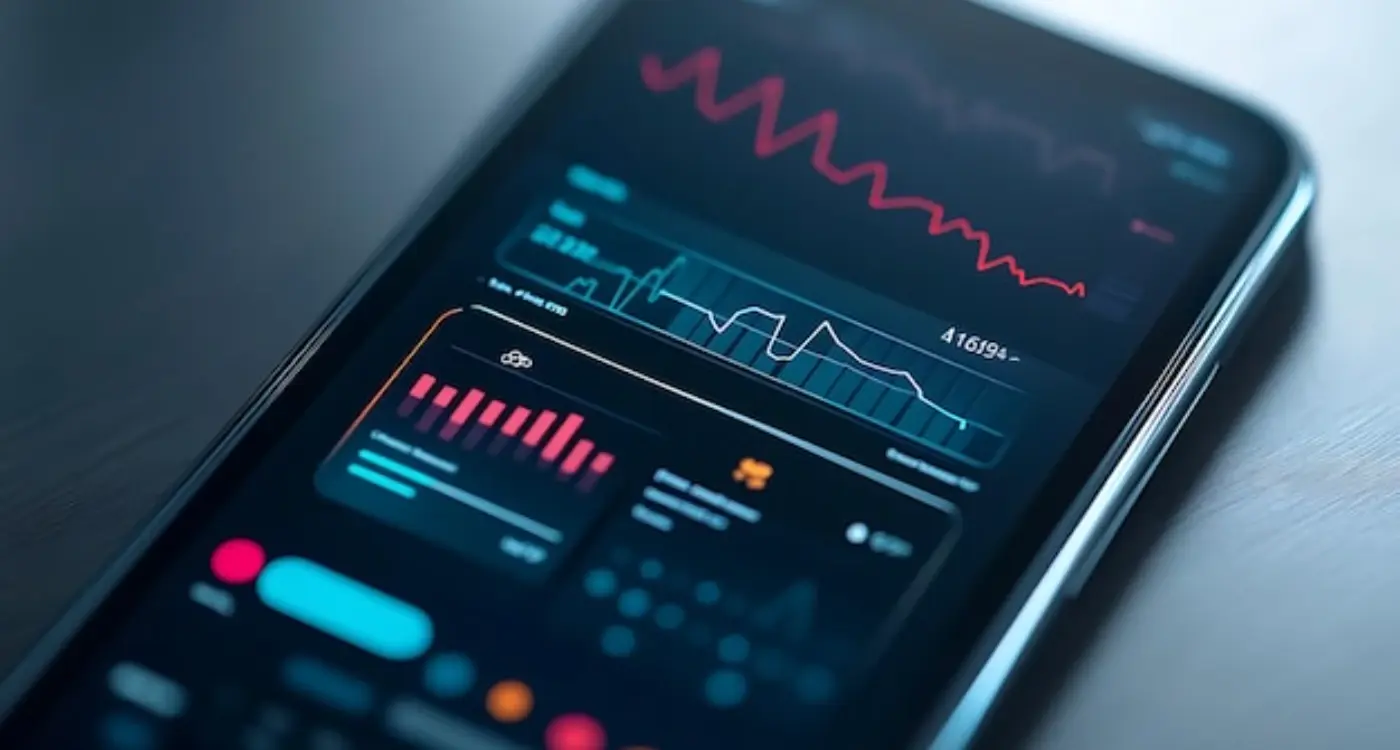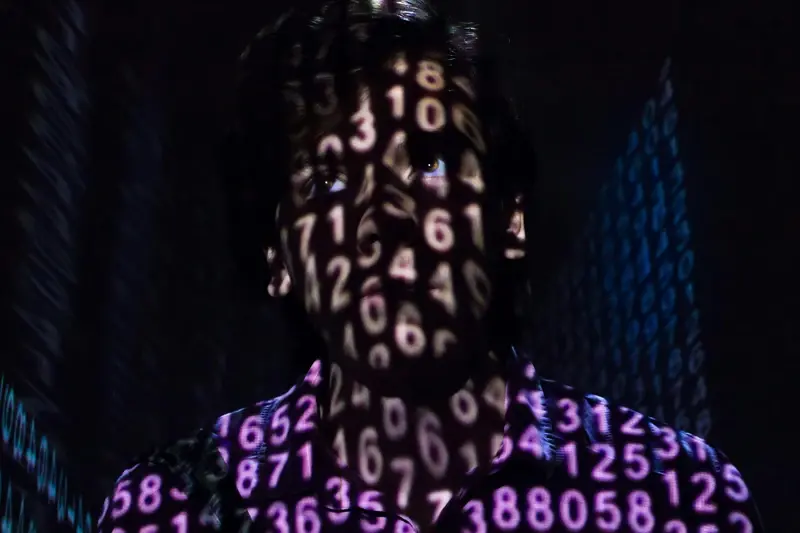What Happens If My App's AI Makes Wrong Predictions?
Sophie's fitness app promised to predict the perfect workout routine based on her daily activity. She'd been using it religiously for weeks, trusting its recommendations completely. Then one morning, fresh off a gruelling 10-mile run, the app cheerfully suggested she tackle an intense HIIT session. Following the AI's advice, Sophie pushed through—and ended up injured for three weeks. The app's machine learning algorithm had completely misread her recovery needs, turning a helpful tool into a liability.
This story isn't unusual. AI-powered mobile apps are everywhere these days, making predictions about everything from what we should eat to how we should invest our money. Most of the time, these predictions work brilliantly. But when they go wrong—and they do go wrong—the consequences can range from mildly annoying to genuinely harmful.
The challenge isn't whether AI will make mistakes, but how we handle those mistakes when they happen.
At Glance, we've seen firsthand how machine learning can transform mobile apps; we've also witnessed the chaos that unfolds when error handling isn't properly planned. The good news? Wrong predictions don't have to spell disaster for your app. With the right approach to error handling and user communication, you can build trust even when your AI gets things wrong. This guide will walk you through everything you need to know about protecting your users—and your reputation—when artificial intelligence makes very human mistakes.
Understanding Machine Learning Predictions in Mobile Apps
Machine learning in mobile apps works a bit like teaching a computer to make educated guesses. The app feeds data to algorithms, which then learn patterns and make predictions about what users might want or need next. Think of it as the app getting smarter over time by watching how people use it.
Most apps use machine learning for things like recommending content, predicting text as you type, or suggesting products you might like. Netflix suggests films based on what you've watched before—that's machine learning at work. Your phone's keyboard learning your typing habits? That's machine learning too.
How Apps Learn and Predict
The process starts with collecting user data: what buttons people tap, how long they spend on different screens, what they search for. The machine learning model analyses this information to spot patterns. Over time, it builds a picture of what different types of users typically do and starts making predictions.
But here's where it gets interesting—and sometimes problematic. These predictions aren't always right. The app might suggest something completely off-base or make assumptions that don't match what you actually want. When I'm working with clients, I always explain that machine learning is powerful but it's not magic; it can and will make mistakes.
Common Types of AI Prediction Errors
After years of working with machine learning systems in mobile apps, I've seen pretty much every type of prediction error you can imagine. And trust me, there are quite a few! The good news is that most errors fall into predictable patterns—which means we can prepare for them.
Classification Mistakes
These happen when your app's AI puts things into the wrong category. Think of a photo app that labels your dog as a cat, or a music app that thinks your favourite rock song is classical music. Classification errors are probably the most common type you'll encounter in mobile apps because so many features rely on sorting and categorising information.
Confidence Problems
Sometimes the AI gets the right answer but isn't sure about it—or worse, it's completely wrong but acts like it's certain. I've worked on apps where the machine learning model was 95% confident about completely incorrect predictions. That's particularly tricky because the app might make bold decisions based on faulty confidence levels.
Regression errors are another biggie; these occur when your AI tries to predict numbers or quantities. A fitness app might estimate you've burned 500 calories when you've actually burned 200. These numerical mistakes can really throw off user expectations and planning.
Log every prediction your AI makes along with its confidence score. This data becomes invaluable when you're trying to spot patterns in your error handling and improve your mobile app's reliability.
How Wrong Predictions Affect User Experience
When your app's AI gets things wrong, users notice straight away—and they don't like it. I've seen apps lose thousands of users because their recommendation systems kept suggesting completely irrelevant content. Users expect smart apps to actually be smart, so when predictions fail, it feels like a broken promise.
Wrong predictions create different problems depending on what your app does. A music app that suggests terrible songs is annoying; a fitness app that recommends dangerous exercises could be harmful. The impact ranges from mild irritation to complete loss of trust in your product.
The Most Common User Experience Problems
- Users lose confidence in your app's intelligence
- People stop using AI-powered features altogether
- Negative reviews mention "stupid" or "useless" recommendations
- Users abandon tasks when predictions are consistently wrong
- Customer support receives more complaints about app behaviour
The tricky part is that users often can't tell the difference between a genuinely bad prediction and one that's actually quite good but just not what they wanted right now. This means even accurate AI can feel wrong if the timing isn't right.
What's worse is that bad predictions compound over time—each wrong suggestion makes users less likely to trust the next one, creating a downward spiral that's hard to recover from.
Building Robust Error Handling Systems
When your mobile app's machine learning system makes wrong predictions, you need a safety net—and that's where error handling comes in. I've seen too many apps crash spectacularly because developers assumed their AI would always get things right. Spoiler alert: it won't!
The key is building systems that can catch errors before they reach your users. This means setting up validation checks that question every prediction your AI makes. Is this recommendation sensible? Does this classification make sense? Your error handling should act like a careful friend who double-checks everything.
Creating Fallback Options
Smart error handling doesn't just catch mistakes—it provides alternatives. If your recommendation engine fails, show popular items instead. If your image recognition gets confused, ask the user to help. Having backup plans means your app keeps working even when the AI has an off day.
The best error handling systems are invisible to users—they fix problems before anyone notices they existed
Logging and Learning
Every error your system catches is valuable data. Log these mistakes so you can understand patterns and improve your machine learning models. This creates a cycle where your error handling actually makes your AI smarter over time—turning problems into progress.
Testing and Monitoring AI Performance
After years of building apps with AI features, I've learned that testing artificial intelligence is completely different from testing regular app functions. You can't just check if a button works—you need to see how well your AI makes predictions over time.
The tricky part is that AI models behave differently with real users than they do in testing. Your model might work perfectly with test data but start making odd predictions when actual users interact with it. That's why continuous monitoring is so important.
Setting Up Performance Tracking
I always recommend tracking these key metrics to spot problems early:
- Accuracy rates across different user groups
- Response times for predictions
- User feedback and correction patterns
- Confidence scores for each prediction
- Error frequency and types
Regular Testing Approaches
Smart monitoring means running both automated tests and manual reviews. Automated systems can catch obvious errors quickly, but human reviewers often spot subtle problems that machines miss. Set up alerts when accuracy drops below acceptable levels—this gives you time to fix issues before users notice.
The best approach is creating a testing schedule that includes both regular performance checks and random spot-checks. This way you'll catch problems early and keep your AI running smoothly.
Communicating Errors to Users
Getting the messaging right when your mobile app's machine learning system makes a mistake can make or break the user experience. I've seen apps that handle this brilliantly—and others that completely destroy user trust with a single poorly worded error message.
The golden rule is transparency without panic. When your AI gets something wrong, don't try to hide it or make excuses. Users are smarter than we give them credit for and they can usually tell when something's not quite right. Instead, acknowledge the mistake clearly and explain what you're doing about it.
Keep It Simple and Honest
Your error messages should be written in plain English that anyone can understand. Skip the technical jargon about machine learning algorithms—most users don't care about the inner workings, they just want to know what went wrong and how to fix it.
Always give users a way to correct mistakes or provide feedback when your AI gets things wrong. This turns frustrated users into helpful contributors who can improve your system.
Timing Matters
Show error messages at the right moment—not too early when users might not notice, and not too late when they've already made decisions based on incorrect predictions. The best error handling feels almost invisible because it fits naturally into the user's workflow.
Learning from Mistakes and Improving Accuracy
I've worked with countless AI-powered apps over the years, and there's one thing I can tell you with absolute certainty—every single one of them gets things wrong sometimes. The difference between a good app and a great one isn't whether mistakes happen; it's what you do with those mistakes afterwards.
When your app makes a wrong prediction, that's not just a problem to fix—it's valuable data you can use to make your AI smarter. Think of each error as a lesson your app needs to learn. The technical term for this is "retraining" your model, but really it's just teaching your app to do better next time.
Turning Errors into Improvements
The smartest apps collect information about their mistakes and feed it back into their learning systems. When a user corrects a wrong prediction or reports an error, that feedback becomes part of the training data. Over time, this makes the AI more accurate and reduces the chance of similar mistakes happening again.
Setting Up a Learning Loop
The best approach is to create what we call a "continuous learning loop"—your app makes predictions, learns from its mistakes, and gradually gets better. This isn't a one-time fix; it's an ongoing process that keeps your app improving long after launch. Just remember to be patient with this process—meaningful improvements take time and lots of data.
Conclusion
Building machine learning into your mobile app isn't just about getting the predictions right—it's about handling them when they go wrong. I've worked with countless clients who thought their AI would be perfect from day one, but that's simply not how it works. Wrong predictions will happen, and that's completely normal.
The key is building robust error handling systems that catch mistakes before they reach your users. This means setting up proper monitoring, creating clear fallback options, and most importantly, being honest with users when something doesn't work as expected. People are surprisingly forgiving when you're upfront about limitations.
Your mobile app's machine learning will get better over time—every mistake is a learning opportunity. The apps that succeed aren't the ones that never make errors; they're the ones that handle errors gracefully and keep improving. Focus on creating systems that fail safely, communicate clearly, and learn from each mistake.
Remember, even the biggest tech companies with unlimited resources still deal with AI prediction errors. The difference is they've built systems to manage them effectively. Your app can do the same with proper planning and implementation.
Share this
Subscribe To Our Learning Centre
You May Also Like
These Related Guides

What Monitoring Systems Catch Problems Before Users Notice Them?

What Happens When AI Gets Your App Users Completely Wrong?



